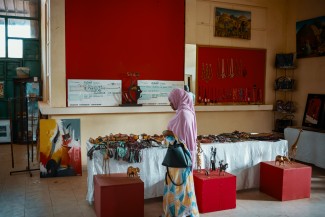Flock maintaining, brand strengthening, and market expanding: Nepal's pashmina producers are aiming high
High in the Himalayas, what are the goats tended to by mountain dwellers in remote areas worth?
The answer, of course, is that it depends. For those who tend to flocks of fuzzy Himalayan mountain goats, often the value of the goat lies in the meat, which herders can consume themselves, or readily sell.
But the pashmina producers of Kathmandu are hoping to break with this convention, convincing Nepali herders that the wool their free-ranging goats produce is precious and profitable. And, they hope to forge new ways for that wool to get to city processing centres and — ultimately — onto the heads, necks and shoulders of people across the globe.
Nepal Pashmina Industries Association (NPIA) Vice President Vijoy Dugar said, "The areas of the Himalayas where these farmers live are so remote that in the past it would take a week to reach them. But now they are better connected by roads, and have begun to purchase wool from newly-formed cooperatives to be manufactured in Kathmandu."
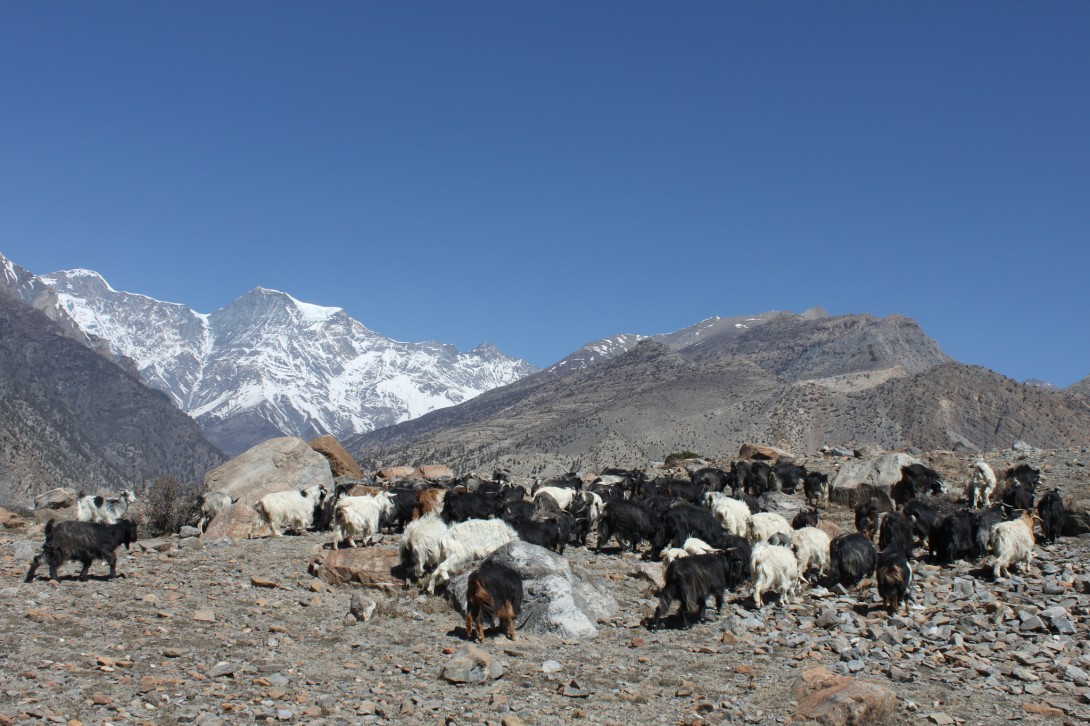
BRANDED
A recent partnership between the Government of Nepal, the Enhanced Integrated Framework (EIF) and the International Trade Centre (ITC) laid the groundwork for these ongoing efforts, geared to the promotion side of Nepal-produced pashmina items.
Realizing that "pashmina" outside the country had come to imply a cheap shawl, the NPIA together with ITC worked to create a strong Chyangra Pashmina brand, reflecting the use of the highest quality wool, and social and environmental protections.
Working w @ITCnews to increase competitiveness of the strong #Nepal Chyangra Pashmina brand to access more global markets @AranchaGlezLaya pic.twitter.com/VV7L1UJZPe
— EIF (@EIF4LDCs) September 26, 2017
The brand is now trademarked in 47 countries.
ITC’s Matthias Knappe said, "We helped with a strategy for how best to market the trademark, with a specific definition of what Chyangra Pashmina stands for. The NPIA wanted something that uses the old heritage, the old glory associated with the term 'pashmina' as something of quality — but to distinguish clearly from any negative perceptions of pashmina that existed in the market."
"Chyangra is the local name for Himalayan goats, and pashmina refers to the cashmere product coming from Nepal," he added.
Following the revitalized brand and promotion strategy, 26 companies reported an export increase totalling 16%, and 28 companies reported a total of 425 new clients.
[eif:quote]
Chyangra Pashmina products are now exported to 80 countries, and the NPIA continues to seek out new customers, especially priority luxury markets. The country is aiming to increase the export value of Chyangra Pashmina by 67% by 2020, according to a 2016 study of the country's trade integration supported by the EIF.
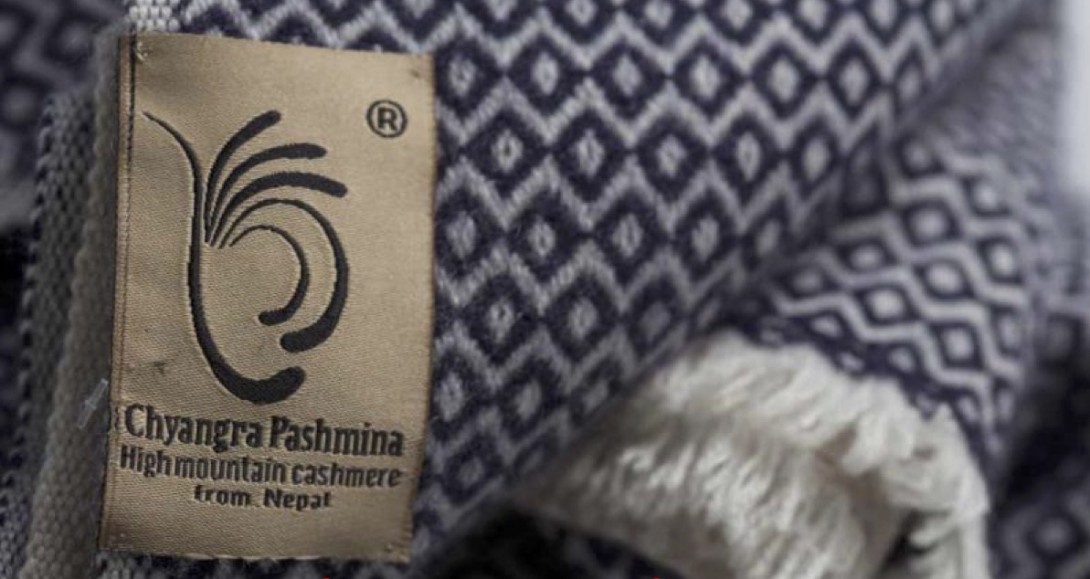
IN FASHION
Pashminas are Nepal's third largest export commodity, and local producers are highly dependant on the export market. Beyond enhancing the Chyangra Pashmina brand, the project aimed at diversifying the items for export beyond the usual shawl.
Dugar said, "Before we only sold wraps, now we make a lot of apparel, and have moved from not only woven to knit: around one quarter of the exports are knitwear and are all luxury knitted pieces produced in Kathmandu."
With the creation of both woven items like shawls and scarves and knit items like cardigans, the industry is working not just to adapt to but to drive global demand. One approach they are spearheading is training students to work with the wool their country relies on.
"In Nepal, especially Kathmandu, there are not many institutions that work in textile design. We worked with one of the established design schools and started courses dedicated to pashmina design and production, and now we have around 60 to 70 students," Dugar said.
Following the country's first ever class on cashmere, which covered how to use it and how to design with it, the students held a fashion show to present their creations – the entire educational enterprise forging a unique pathway to ensure pashmina adjusts and expands for its global customers.
And, training young designers to innovate with one of Nepal's key exports is creating a strong foundation for future trade.
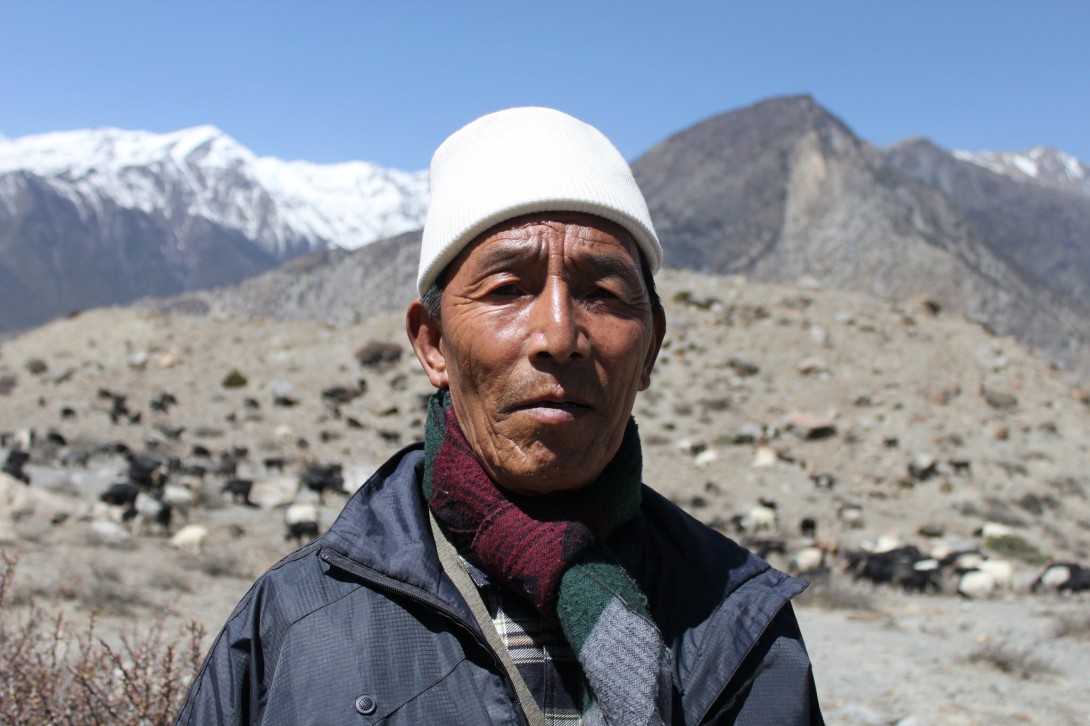
DIAMOND IN THE ROUGH
One issue the project identified as important was to enhance the connections between those who are shepherding Himalayan goats and those who turn that wool into wearable items for humans. And forging those networks is the next step for Chyangra Pashmina and its supporters.
Knappe said, "The goal is to link farmers to buyers in Kathmandu. Right now, chyangra farmers sell their fibre mainly to Tibetan and Chinese traders because they are closer, and they would more likely speak the same language as opposed to the Nepalese coming from Kathmandu. And it's logistically much easier to trade with them."
He added, "But that's not ideal from a country perspective that the raw material goes out of the country and then finds its way back in the form of yarn."
The inner coat of chyangra goats is termed "diamond fibre," and when it is carefully combed from the goat and hand spun into cashmere it is some of the best in the world. But, put simply, as it stands there is not enough supply in Nepal direct from Himalayan goats to meet the world’s pashmina demands.
Dugar said, “The breed of the goat has deteriorated in the past 100 years, as the value of the wool was not very attractive to farmers as compared to the value of the meat. Goat farmers were crossbreeding the goats with other animals so they would be larger and have more meat. Now they are more aware that they could get good prices for the wool as well.”
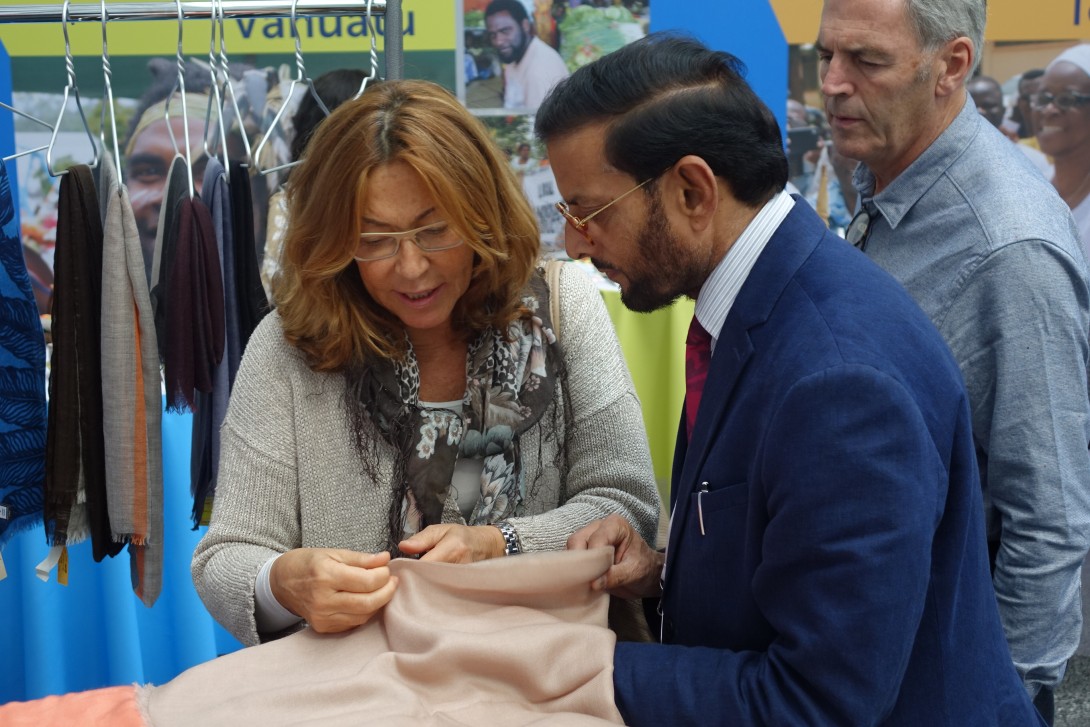
As a result of the fortified Chyangra Pashmina brand in local and international markets and renewed attention to the pashmina trade through EIF's recent partnerships, it is hoped the focus will shift toward what goat farmers and their flocks need to succeed.
With an improved supply chain from goat to farmer to Kathmandu producer, those living in the highest of altitudes just might be able to enjoy even more benefits from their flocks, and a major export market of Nepal may have even more to offer the world with exquisite cashmere items that come right from the source.
Header image of a wood biology lab in the Democratic Republic of the Congo - ©Axel Fassio/CIFOR via Flickr Creative Commons Attribution-NonCommercial-NoDerivs 2.0 Generic (CC BY-NC-ND 2.0) https://creativecommons.org/licenses/by-nc-nd/2.0/
If you would like to reuse any material published here, please let us know by sending an email to EIF Communications: eifcommunications@wto.org.


